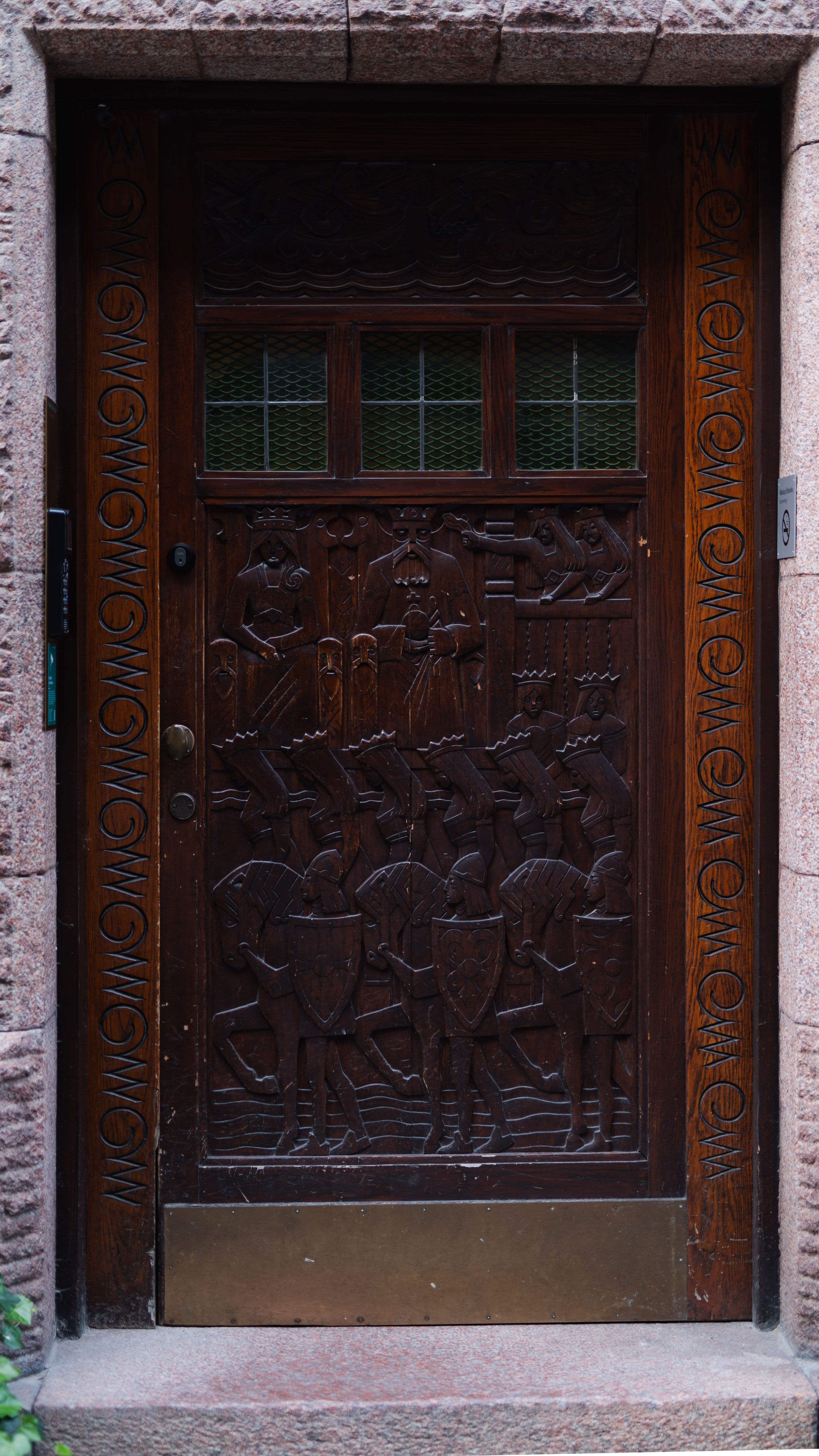A Step-by-Step Guide to Liquidation
Understanding the liquidation process is crucial when dissolving a company. Our guide breaks down every step, from voluntary liquidation to compulsory dissolution, ensuring you know exactly what to expect. We cover key areas such as asset distribution, creditor notifications, and the responsibilities of the outgoing board, providing expert insights to help you navigate the process with confidence.
- Shareholders' Resolution: The process begins with a resolution passed by the shareholders' meeting to initiate voluntary liquidation. The company then applies to the Swedish Companies Registration Office (Bolagsverket) or the district court to register this decision.
- Appointment of a Liquidator: Bolagsverket or the district court appoints a liquidator, who will take over the responsibilities of the board and any executive management. If the company has an auditor, they will continue in their role throughout the liquidation.
- Asset Evaluation and Management: The liquidator conducts an assessment of the company’s assets and takes control of them, converting them into cash as necessary.
- Notice to Unknown Creditors: The liquidator issues a six-month notice to unknown creditors, informing them of the liquidation process.
- Preparation of an Exit Report: The outgoing board is required to prepare and submit an "exit report" detailing the company’s affairs.
- Final Shareholders' Meeting: Once the business operations have been wound down and the notice period for creditors has lapsed, the liquidator presents the final report at a shareholders' meeting.
- Notification of Dissolution: The liquidator notifies Bolagsverket that the final report has been presented. At this point, the company is officially considered dissolved.
- Distribution of Surplus: Any remaining surplus is distributed among shareholders, unless otherwise specified in the company’s articles of association.
Compulsory Liquidation: Step-by-Step Process
- Decision by Regulatory Authority: Compulsory liquidation is initiated by a decision from Bolagsverket or a district court, which also appoints a liquidator to oversee the process.
- Engagement with Previous Leadership: The liquidator attempts to establish communication with the previous board members and shareholders to gather information about the company’s affairs.
- Asset Evaluation and Management: The liquidator assesses and secures the company’s assets, converting them to cash as needed.
- Bankruptcy Application (if Necessary): If it becomes apparent that the company lacks sufficient assets to cover its debts and liquidation costs, the liquidator will file for bankruptcy. If sufficient assets exist, the liquidation process continues.
- Notice to Unknown Creditors: A six-month notice period is issued to unknown creditors, ensuring they are informed of the liquidation.
- Preparation of an Exit Report: The outgoing board must prepare and submit an "exit report" on the company's financial status.
- Final Shareholders' Meeting: Once business operations have ceased and the creditor notice period has expired, the liquidator presents the final report at a shareholders' meeting.
- Notification of Dissolution: The liquidator informs Bolagsverket that the final report has been submitted. The company is then officially dissolved.
- Distribution of Surplus: Any surplus remaining after settling debts is distributed among shareholders, unless stated otherwise in the company’s articles of association.










